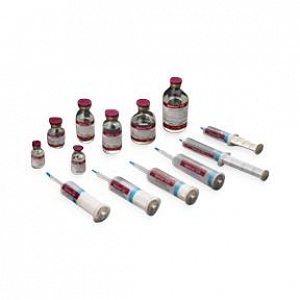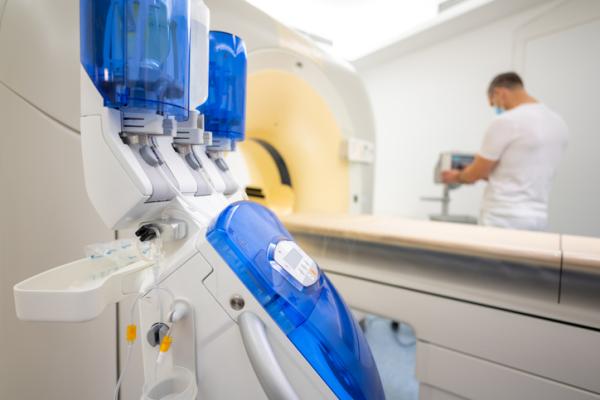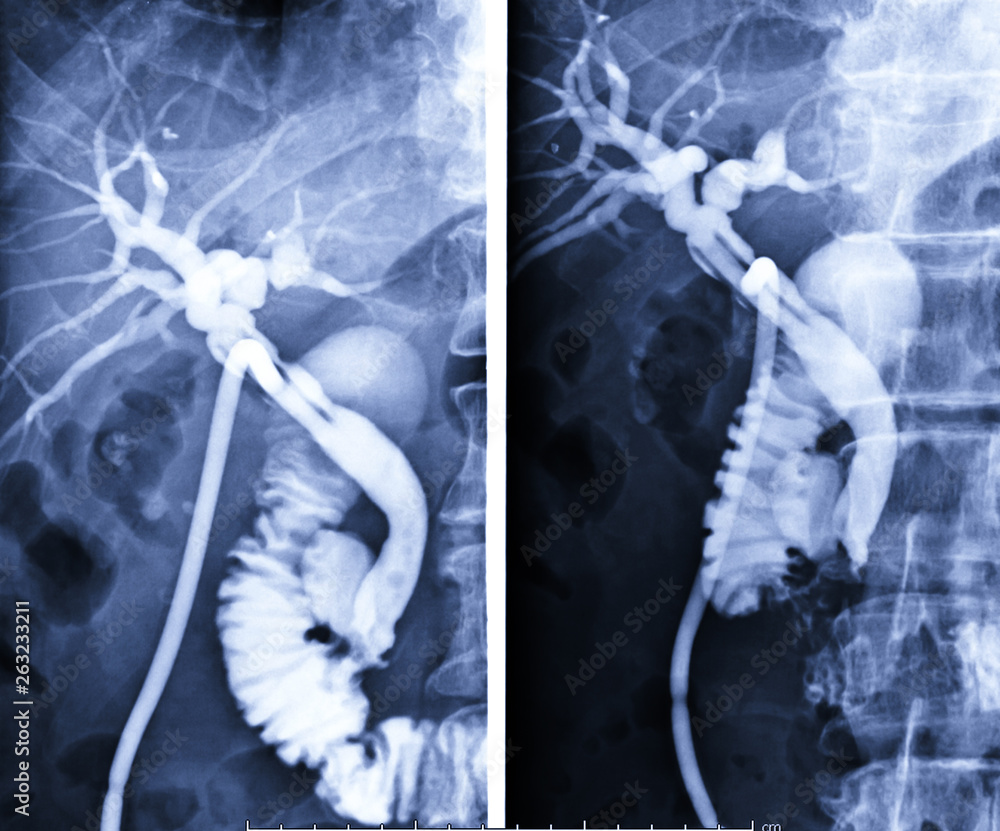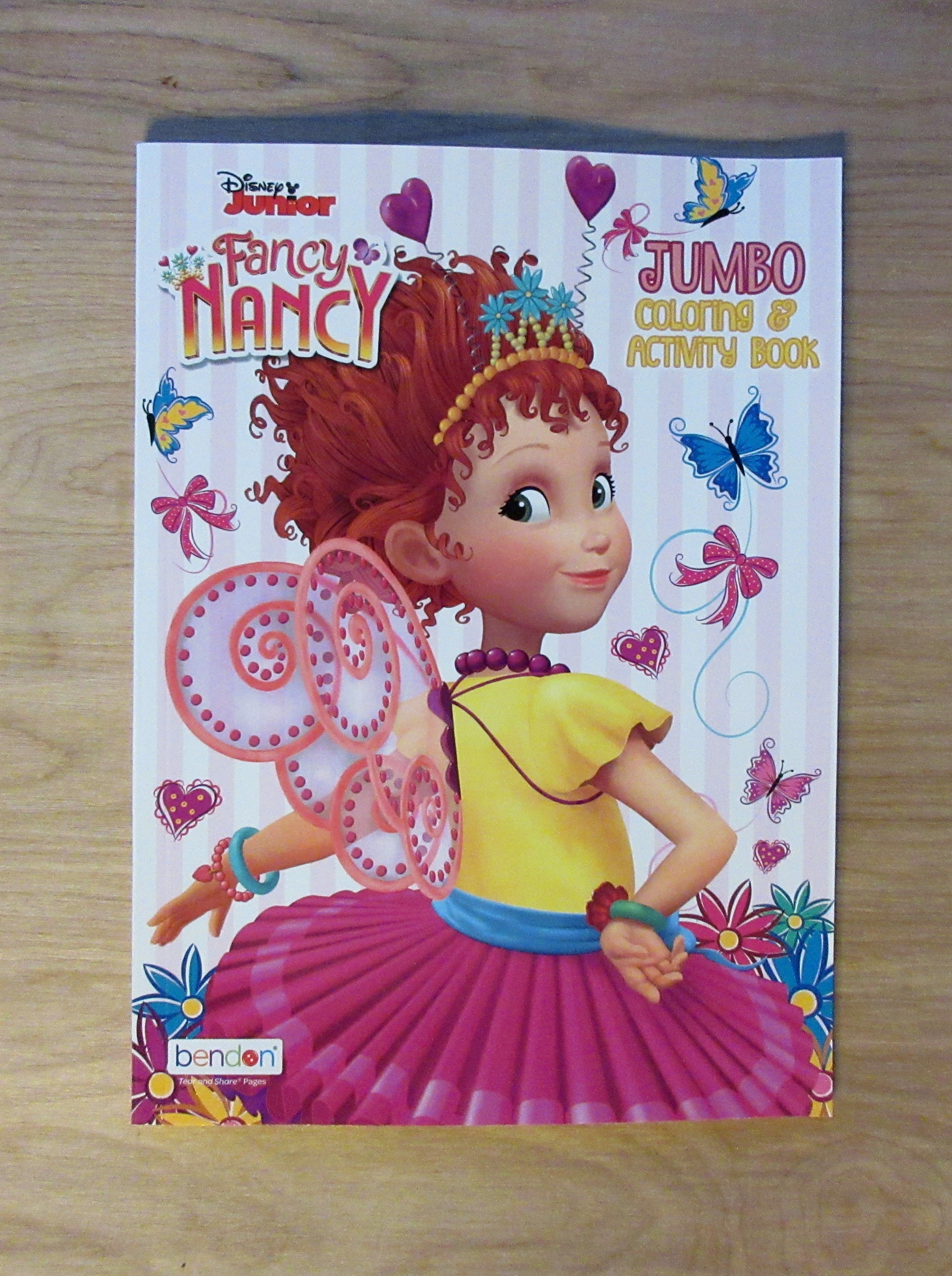MRI contrast agents: Classification and application (Review)
By A Mystery Man Writer
Last updated 18 Jul 2024
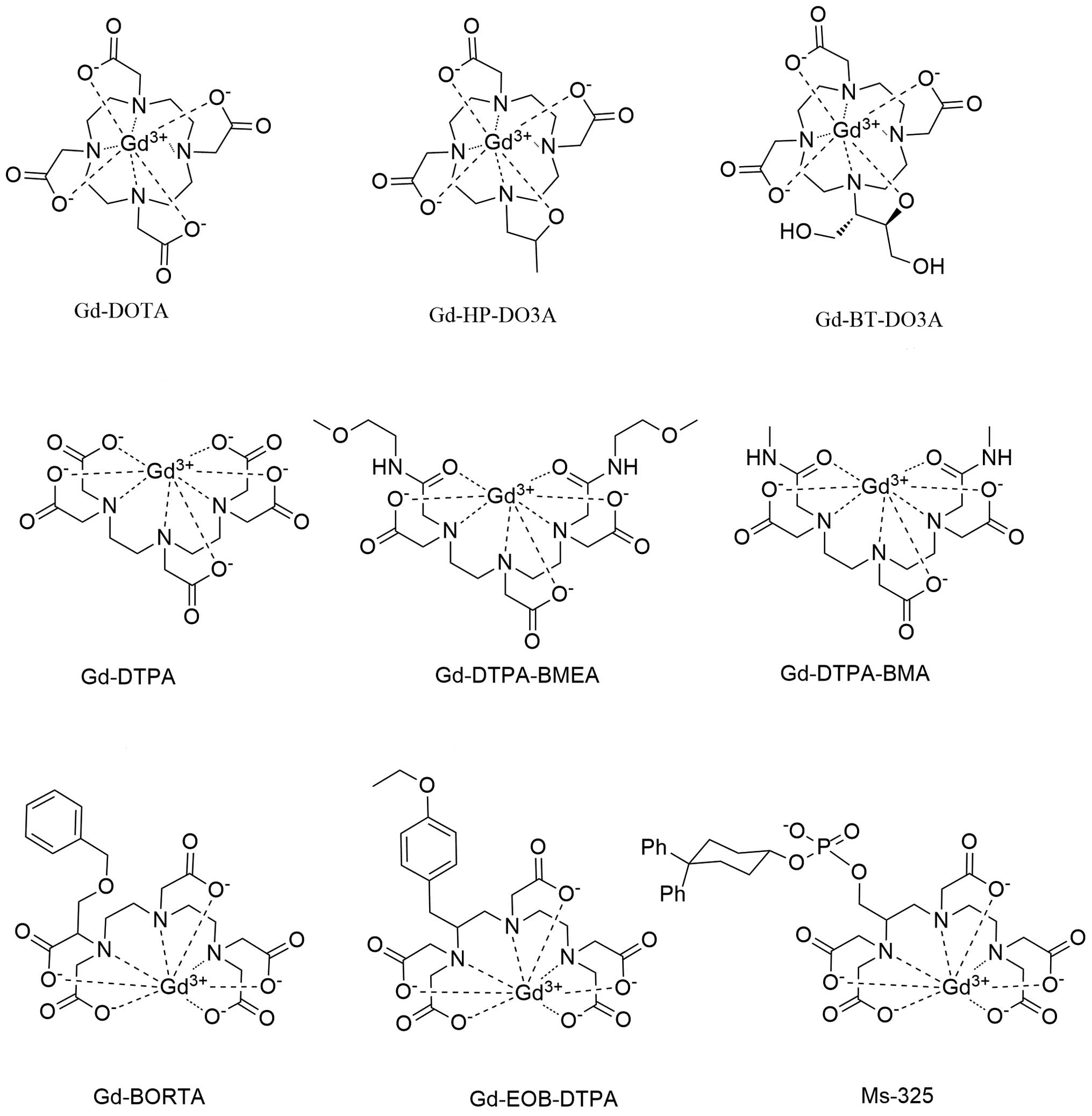
Magnetic resonance imaging (MRI) contrast agents are categorised according to the following specific features: chemical composition including the presence or absence of metal atoms, route of administration, magnetic properties, effect on the magnetic resonance image, biodistribution and imaging applications. The majority of these agents are either paramagnetic ion complexes or superparamagnetic magnetite particles and contain lanthanide elements such as gadolinium (Gd3+) or transition metal manganese (Mn2+). These elements shorten the T1 or T2 relaxation time, thereby causing increased signal intensity on T1-weighted images or reduced signal intensity on T2-weighted images. Most paramagnetic contrast agents are positive agents. These agents shorten the T1, so the enhanced parts appear bright on T1-weighted images. Dysprosium, superparamagnetic agents and ferromagnetic agents are negative contrast agents. The enhanced parts appear darker on T2-weighted images. MRI contrast agents incorporating chelating agents reduces storage in the human body, enhances excretion and reduces toxicity. MRI contrast agents may be administered orally or intravenously. According to biodistribution and applications, MRI contrast agents may be categorised into three types: extracellular fluid, blood pool and target/organ-specific agents. A number of contrast agents have been developed to selectively distinguish liver pathologies. Some agents are also capable of targeting other organs, inflammation as well as specific tumors.
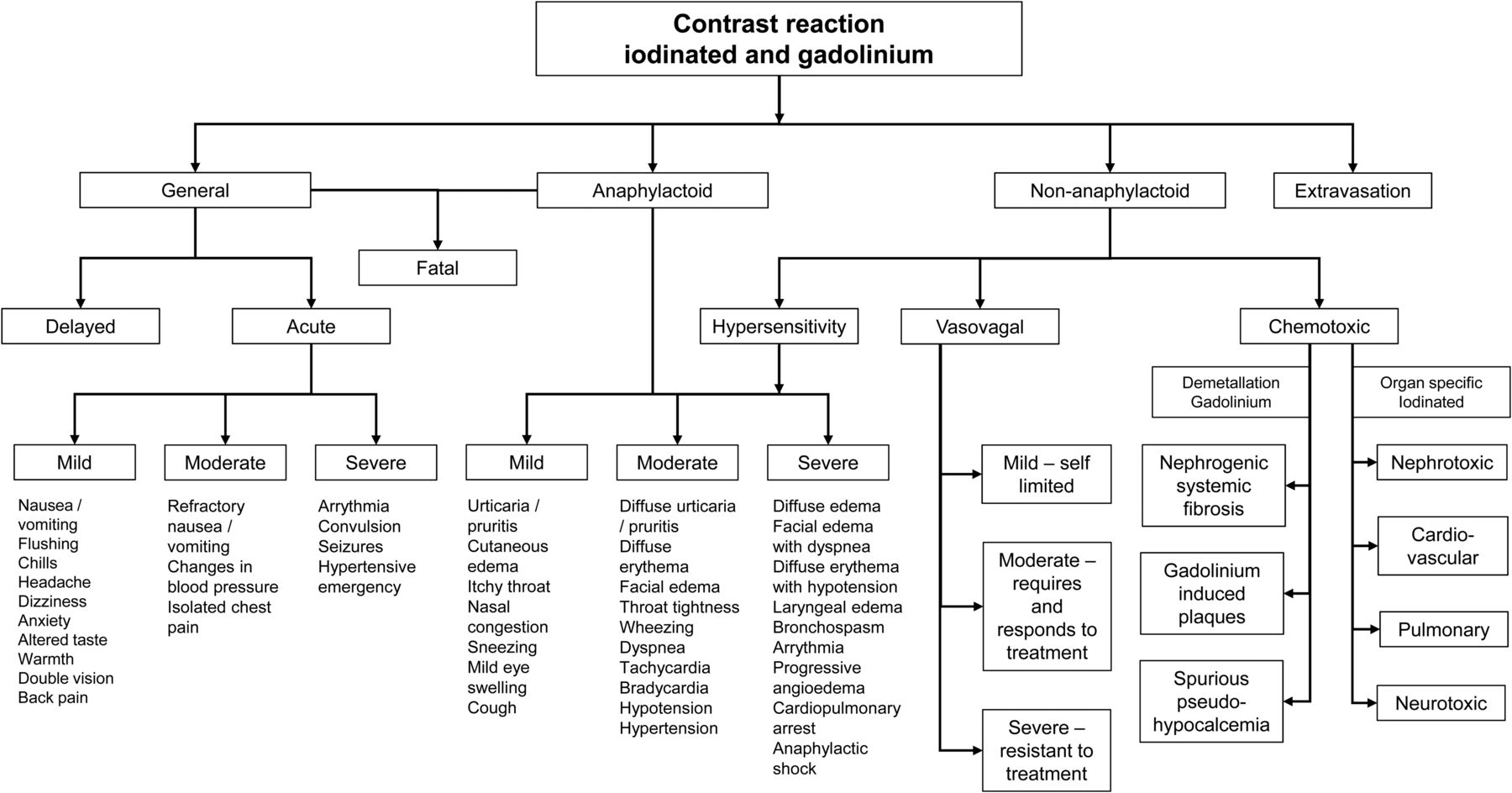
Pharmacology, Part 5: CT and MRI Contrast Media
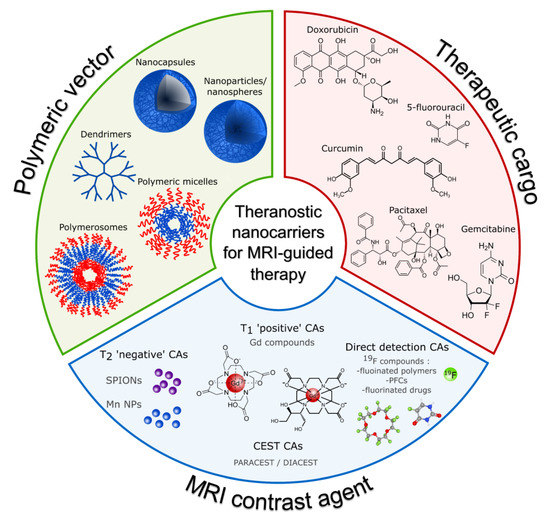
Nanomaterials, Free Full-Text
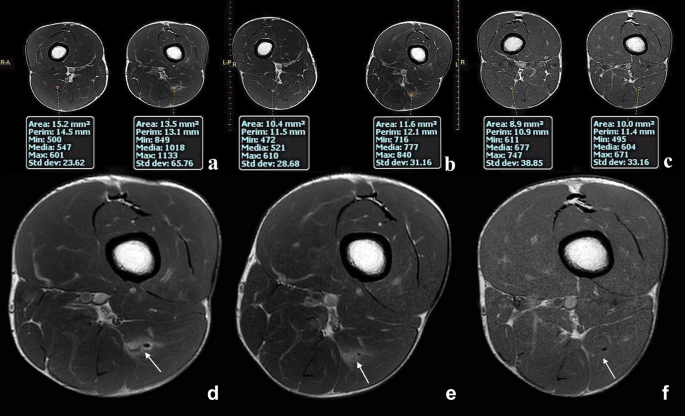
Paramagnetic contrast medium in high-level athletes with lower limb muscle injuries: can it make the return to sport safer reducing the recurrence rate?

Nanoscale Contrast Agents for Magnetic Resonance Imaging: A Review
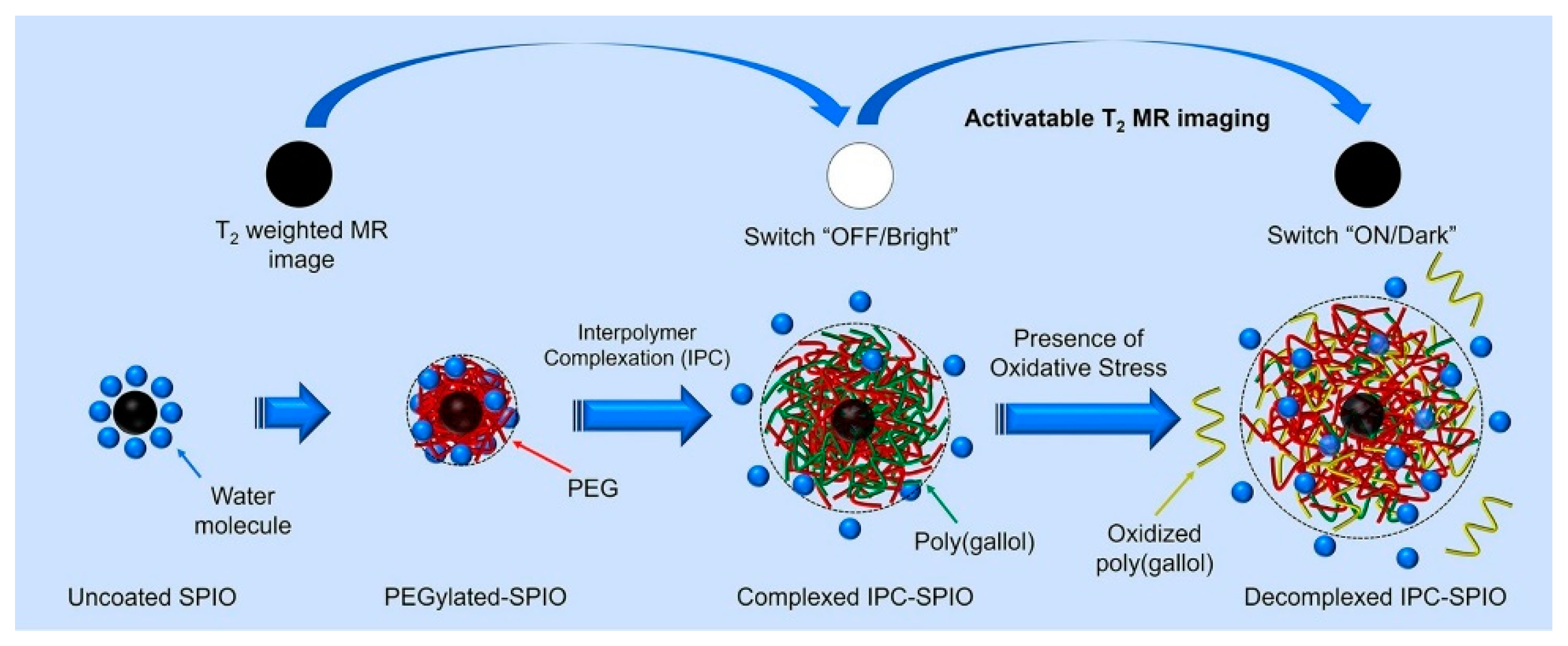
Pharmaceuticals, Free Full-Text

Metal-Free Radical Dendrimers as MRI Contrast Agents for

Chemistry of MRI Contrast Agents: Current Challenges and New
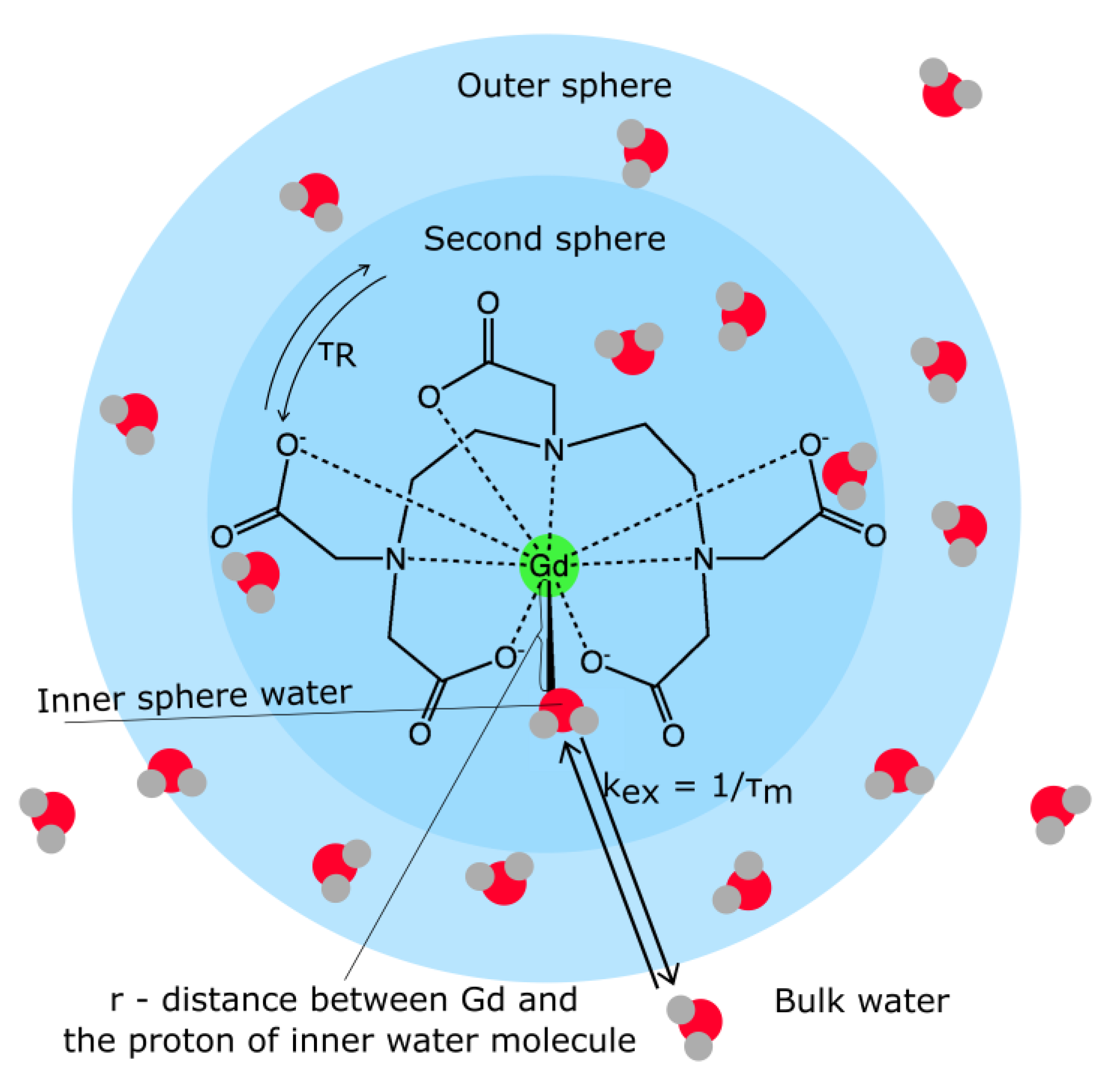
Nanomaterials, Free Full-Text

PDF) The Effect of Magnetic Field Gradient and Gadolinium-Based MRI Contrast Agent Dotarem on Mouse Macrophages
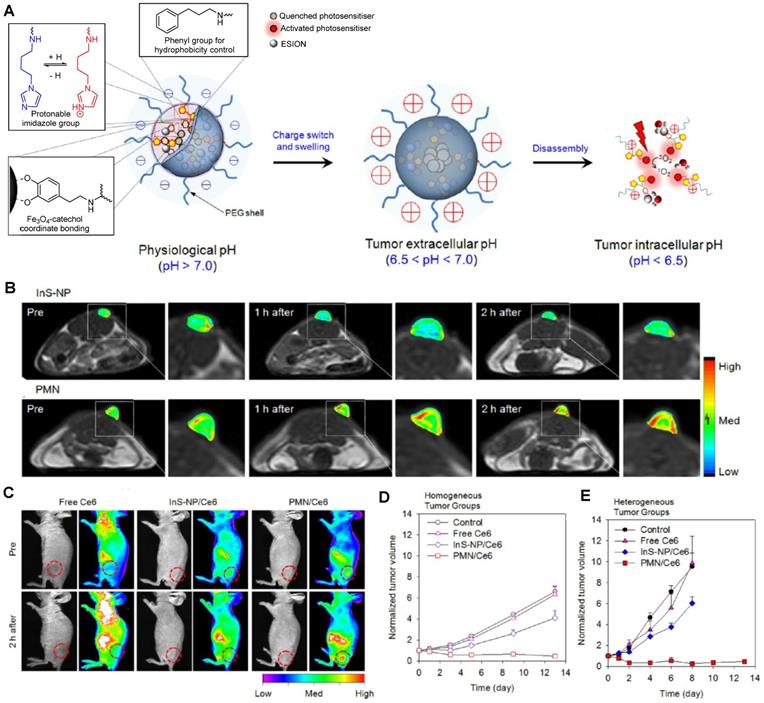
Smart magnetic resonance imaging-based theranostics for cancer
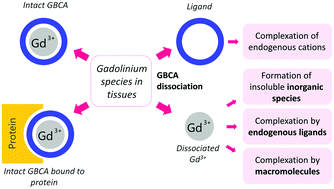
The biological fate of gadolinium-based MRI contrast agents: a

A brief review of non-invasive brain imaging technologies and the near-infrared optical bioimaging, Applied Microscopy

Advances in Contrast Agents for Contrast-Enhanced Magnetic
MRI CONTRAST AGENT.pdf
Recommended for you
You may also like
